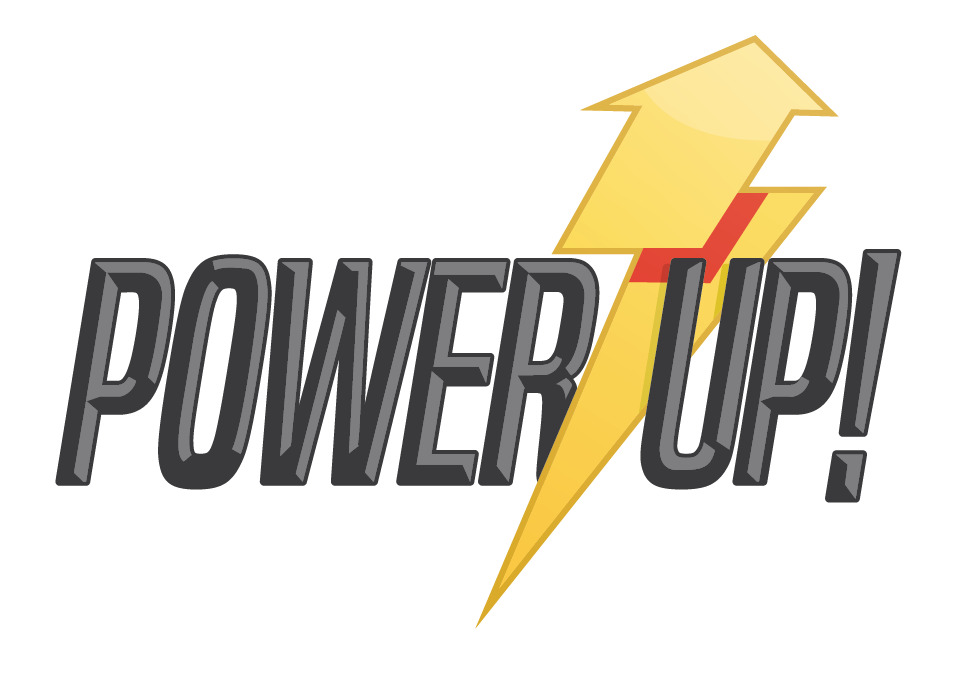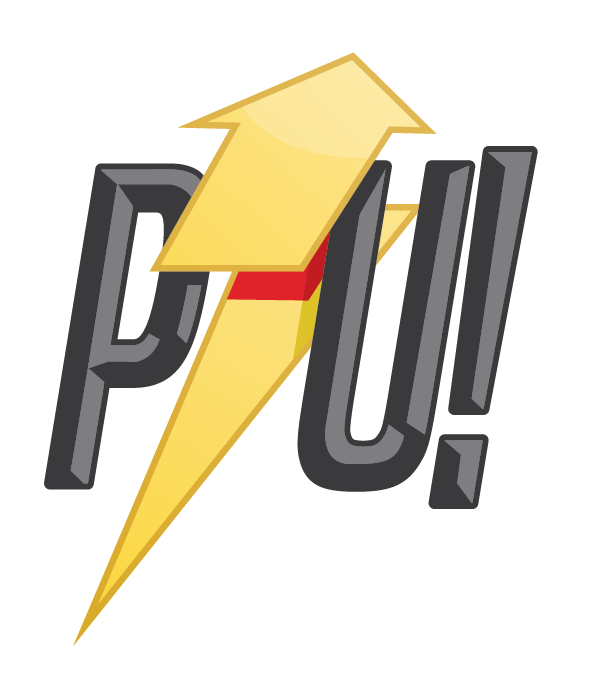Devolver Digital and Team Lazerbeam have just revealed Shroom and Gloom, a “moody first-person, roguelike double-deckbuilder.” Prior to the announcement, I was fortunate enough to spend some time with Shroom and Gloom, and so far, so good.
Shroom and Gloom’s claim of being a “double-deckbuilder” comes from the gameplay in which you build and use one deck of cards for combat and another for exploration. It may sound tricky and unwieldy, but it’s actually very intuitive and easy to get to grips with.
Played from the first-person perspective, you explore a mouldy, mushroom-infested dungeon, and as you move through each room, you engage in combat and then explore. Combat is a little more straightforward (at least at first), but it’s when you explore that you can have a big impact on your decks and how you play.
Shroom and Gloon Preview
When you begin your first run, you collect a small deck from a backpack being clutched by a skeleton. In it, you gain access to basic cards for both decks. Your explore deck includes a Map, a Bash action (to break locks), a Tent (for recovering health) and some other utilities. Your opening combat deck is quite simple, too, but does introduce the food mechanic. Some cards will allow you to turn the corpses of mushroom enemies into food so that you can regain HP. It’s such a wonderfully simple yet effective mechanic, it’s a wonder someone hasn’t done it before.
Combat is turn-based, and you’re given a heads-up for what each enemy intends to do. Depending on your actions, you may interrupt them or change what they intend, giving you an edge. Combat features a wide range of mechanics, synergies and combos, including unplayable cards that augment others and sometimes cause a reaction. Early on, while you’re learning the different keywords and mechanics, it’s tricky to get good card synergies, but once you get a handle on it, you can really tear the shrooms apart.
One type of card I found really useful in combat was Rage. Rage is a Mood card and adds X Damage to your attacks, but Rage stacks, so if you have cards that can generate additional Rage cards, you can add multiple stacks and turn your 4 damage attack into a 20+ damage attack. Interestingly, each hand is ephemeral (unless a card states it stays in your hand), so each round of combat is its own mini puzzle on how to best synergise and maximise the damage dealt. Another favourite card of mine is an attack that doubles the amount of damage deal each time fatal damage is dealt. It starts out only dealing 1 damage, but on multiple runs, I have had it dealing 1000+, which, trust me, is damage you’re going to need to deal to survive.

After the combat is completed, you move forward and are able to use the exploration deck. Exploration deck cards also have a cost to play, so you have to choose wisely lest you have cards you wish you’d played but can’t afford. Many exploration cards have a 0 cost, but the ones that improve your combat deck and chances of surviving usually have a cost. For example, you can use a shovel to dig up weapons for 1 mana. When you do so, a new attack gets permanently added to your combat deck.
While exploring, you’ll also find treasure chests, shops and space to build objects which give you a boost. Chests are generally locked, so you’ll need a key or lockpick to open them. You can use your Bash card if you have no other options, but it does cost 4-HP; risk vs reward. Shops come in two flavours, one accepting food as currency and one accepting keys. By spending food or keys, you are able to add new cards to your deck, but should you spend all your food, you might find yourself low on health in your next combat encounter.
Objects you can build include a training dummy and a cook pot. The training dummy allows you to upgrade and augment an attack card, while the cook pot allows you to combine food to make new and more powerful versions. Trust me, you’re going to need both because Shroom and Gloom are deceptively tricky. As you progress through the rooms, the difficulty gently ramps up until it starts to become a much steeper incline. It’s tough to keep up with the game, but rewarding when you can.

Shroom and Gloom is already looking in good shape. Having two decks is more than just a gimmick and really works to set the game apart from other deckbuilding roguelikes that are available. Having to think about both your combat and exploration decks and try to manage them while you’re trying to stay alive is a really fun challenge. Likewise, the food mechanic is just genius. Being able to eat your enemies to stay alive is a lot of fun and harmless since it’s just a bunch of evil mushrooms you’re killing.
Visually, I love the hand-drawn mid-90s-inspired artwork. Shroom and Gloom is very distinctive and just looks really interesting and cool. It also looks really good in motion and is buttery smooth.
I’ve had a great time with Shroom and Gloom so far and am keen to see how it evolves and grows as it enters Early Access later this year. A demo for Shroom and Gloom is available now.
Shroom and Gloom was reviewed on PC using code provided by the publisher.





